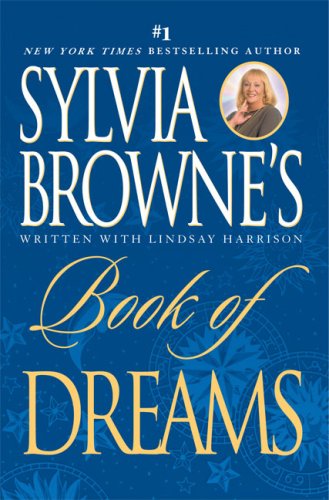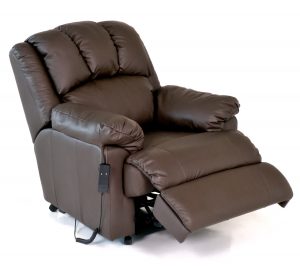Best Blog Content Writers Read Around and Toggle

“Dreams, I’m convinced, are just one more dimension of our minds,” writes Sylvia Browne in her best-seller, Book of Dreams...
At Say It For You, I teach the principle of “reading around” in order to attain “go-to industry authority”. In fact, I stress, business bloggers are going to need to spend at least as much time reading as writing. Even after almost a decade and a half creating blog content for business owners and practitioners, I continue to need to keep up on what others are saying on the topic, what’s in the news, and what problems and questions have been surfacing that relate to what my client sells and what it does for its clients. At least half the time that goes into creating a post is reading/research/thinking time, I’ve found. The writing part can flow only after prep time is complete.
Just last month, I quoted Carina Rampell of the Content Marketing Institute, who explains that our reading needn’t be limited to the subject of our blog content. Poetry, she explains, can teach us clarity and precision, while the classics can teach us compelling storytelling structure. Browsing through the Sylvia Browne book on dream interpretation (hardly my usual choice of reading topic!) made me realize the truth of Rampell’s statement that “reading helps us get away from our subject or product expertise and unlock our creativity”.
Every dream experience, Browne posits, is one of five kinds:
- the prophetic dream
- the release dream
- the wish dream
- the information or problem-solving dream
- astral visits
“Knowing what type of dream I’m trying to interpret, Browne explains, “is always my first step in unlocking its mysteries.”
Business blog posts also come in different varieties. From the content writers’ point of view, I’s generally a good idea to toggle back and forth among those varieties over time, keeping returning visitors engaged, but also in order to appeal to different types of reader. There are “how-to” tutorial posts, resources and link lists, reviews, opinion pieces, interviews, case studies, breaking news, and personal story posts. But, precisely as Sylvia Browne observes, knowing what type of post you are presenting helps unlock its “success”.
The best blog content writers have learned to read around and then – toggle among the types!





Follow us online!